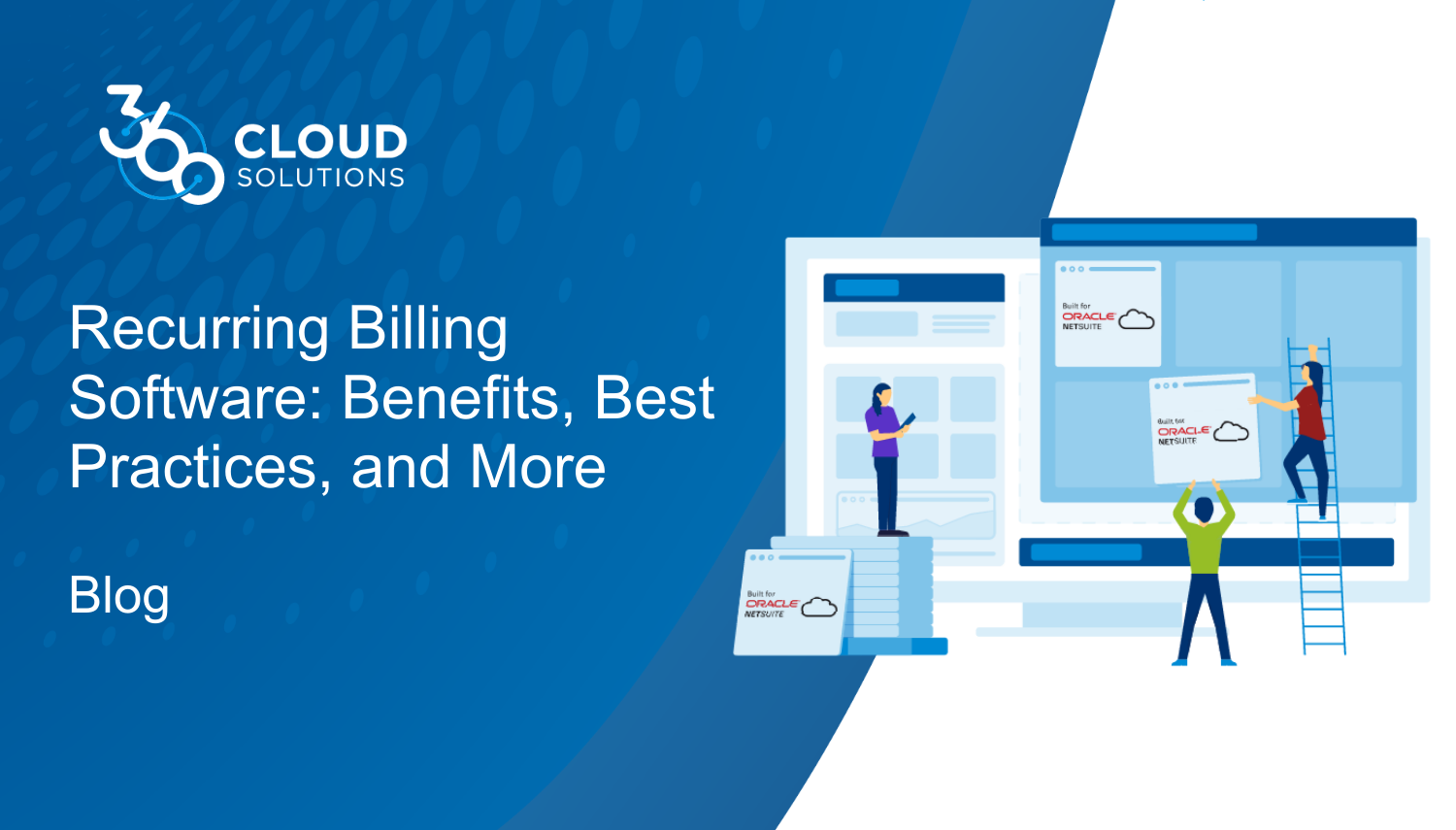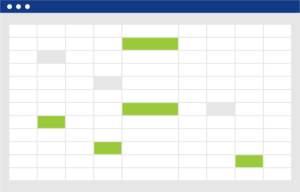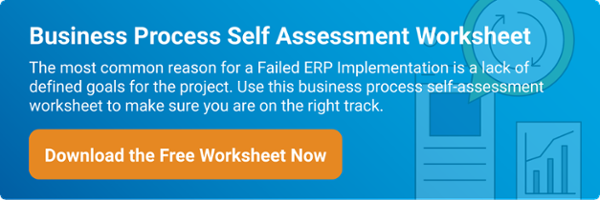
Many businesses are turning to a recurring billing model (aka subscriptions) to further their success. Companies like Netflix, Dollar Shave Club, and even Apple have recurring billing models that enhance user experiences while cultivating customer relationships. Whether you’re a retail company or a professional services provider, you shouldn’t be ignoring subscriptions.
When talking about subscription model businesses, the emphasis is usually put on billing—getting the invoice issued and delivered to the customer, managing upsells, co-terming contracts, etc. But let’s think about the other side of the proverbial coin: payment.
The payment process is yet another opportunity for a positive customer touchpoint, and, some would argue, one of the most important. After all, you want your subscribers to feel good about paying for your goods and services. Here we’ll talk about best practices when it comes to managing recurring payments and how to make sure your process is transparent, easy, secure, and compliant.
The Benefits of Recurring Billing Software
Recurring Billing Models = Flexibility
One of the biggest perks of a subscription-based model is the flexibility for customers and businesses alike. Customers can adjust their subscriptions to meet their specific needs. They are able to predict what they need, how much, and even when they no longer need something.
For the business, a subscription model offers the flexibility to better plan for resources and predict incoming revenue. Using data and insight from the recurring billing model, businesses are able to make better decisions without having to recalculate costs. As businesses grow and change, they can make adjustments to offerings and change objectives on a dime.
Establishes Long-Term Customer Relationships
Companies are often focused on end goals—getting to the end of the project or contract. With recurring billing services, the business has the ability to grow, cater, and foster trust with its clients. This changes the flow from actively just trying to get projects completed to continuing to nurture their customer’s success. A recurring billing model gives businesses accountability and leads to much more proactive behavior. When both parties are interested in adding value to their relationship, they help each other from falling behind in the ever-changing business landscape.
Scalability
One of the biggest functions of a recurring billing model is the ability to scale up or down contracts. When companies need to tighten their wallets they can give up certain pieces of their contracts without having to renegotiate a whole new contract. This also gives them the ability to add to their contracts when needed. Better use of resources grants both companies the ability to scale as needed.
Best Practices for Managing Subscription Billing Software
1. Be Transparent & Stay in Touch
It should go without saying that you should never try and bait and switch your customers or sneak in any “gotchas” to your contracts. When you have customers who are willing to pay your company on an ongoing basis, they should be fully aware of what they’re getting, when their payments will be processed, terms of the contract, one-time fees, etc. There should never be any surprises about what is being charged. Full stop.
This brings us to our next point: communication. We are in the throes of the Subscription Era and it doesn’t seem to be slowing down anytime soon. No matter what kind of subscription your business offers, customers find this an attractive model because it reduces the burden of ownership—think maintenance and management.

That said, people (and businesses) have a lot of subscriptions. Heck, there are even apps out there that help keep track of what you’re subscribed to (and ironically, they require a subscription, too). The point of all this is that people forget what they signed up for. Staying relevant and keeping the lines of communication open with your customers is always a good idea and can increase the likelihood they will renew. This could be a reminder that a bill will be coming due soon or sending a receipt, even when the payments are automatically drafted. What you want to avoid is being one of the forgotten and dealing with refunds or canceled subscriptions because they forgot they had even signed up.
2. Securely Store Payment Methods
People like easy, so give them what they want. Storing subscription payment details completely automates your billing and payment processes—streamlining the customer experience and allowing your business to collect cash faster and on a more predictable basis. Whether these are credit cards or EFT/ACH account information records, or even a mix of payment methods, your billing system should be flexible enough to automate these electronically.
PCI Compliance
Make sure you’re doing it securely, though! In order to earn and keep your customer’s trust, security should be your number one priority. One way to put the customer’s mind at ease is by utilizing a PCI-compliant billing and payment platform. According to Investopedia, PCI compliance helps secure and protect credit card data provided by cardholders and transmitted through card processing transactions.
Tokenization
Another emerging payment security best practice is tokenization (when supported by the payment processor) to store an encrypted key on your customer record. When recurring payments are processed, the processor automatically identifies the customer and that customer’s payment method, allowing your billing management system to avoid directly storing payment details. This allows the billing system to have the best of both worlds: processing in the ERP but compliance managed by an external party!
 3. Keep an Eye on KPIs
3. Keep an Eye on KPIs
There is no one set of universal KPIs that indicate whether a business is doing well or not, but one metric all subscription businesses should care about is churn. A customer churn rate measures how many customers cancel their subscriptions in a given period of time. While the range for acceptable churn rates is all over the map and depend on how you are measuring it, recurring payment failures are one of the most popular culprits of churn.
No matter how you measure success, the platform on which you’re managing recurring payments should be tightly integrated with each aspect of your business management system—financials, orders, customers, opportunities, and more. This way, you’ll be able to see who is paying (who hasn’t), —and have the insight you need to pivot accordingly.
4. Recognize the Revenue (Properly)
Aside from staying compliant with ASC606 and/or IFRS15, properly recognizing revenue from recurring payments is incredibly important for a subscription business. Revenue recognition allows a company to have complete visibility into the financial health of the organization at any given point within the subscription cycle.

Additionally, by properly classifying revenue, customer refunds and/or cancellations more efficiently as you’ll be able to see exactly what was “consumed.” This kind of financial data is also important when dealing with third parties (investors, banks) or preparing to go public.
Need to Step Up Your Recurring Payment Game?
Bottom line: subscriptions don’t matter much if you’re not getting paid.
What if you could get it all—subscription billing management, security, compliance, revenue recognition, and reporting, and more—in one cohesive system? Without integrating multiple disparate platforms or manually syncing data? With NetSuite + 360 Subscription Billing, you can.
360 Subscription Billing is a Built-for-NetSuite Native SuiteApp that makes automating recurring payments, streamlining processes, and elevating the customer experience easier than ever. Build a custom demo today and see for yourself.




